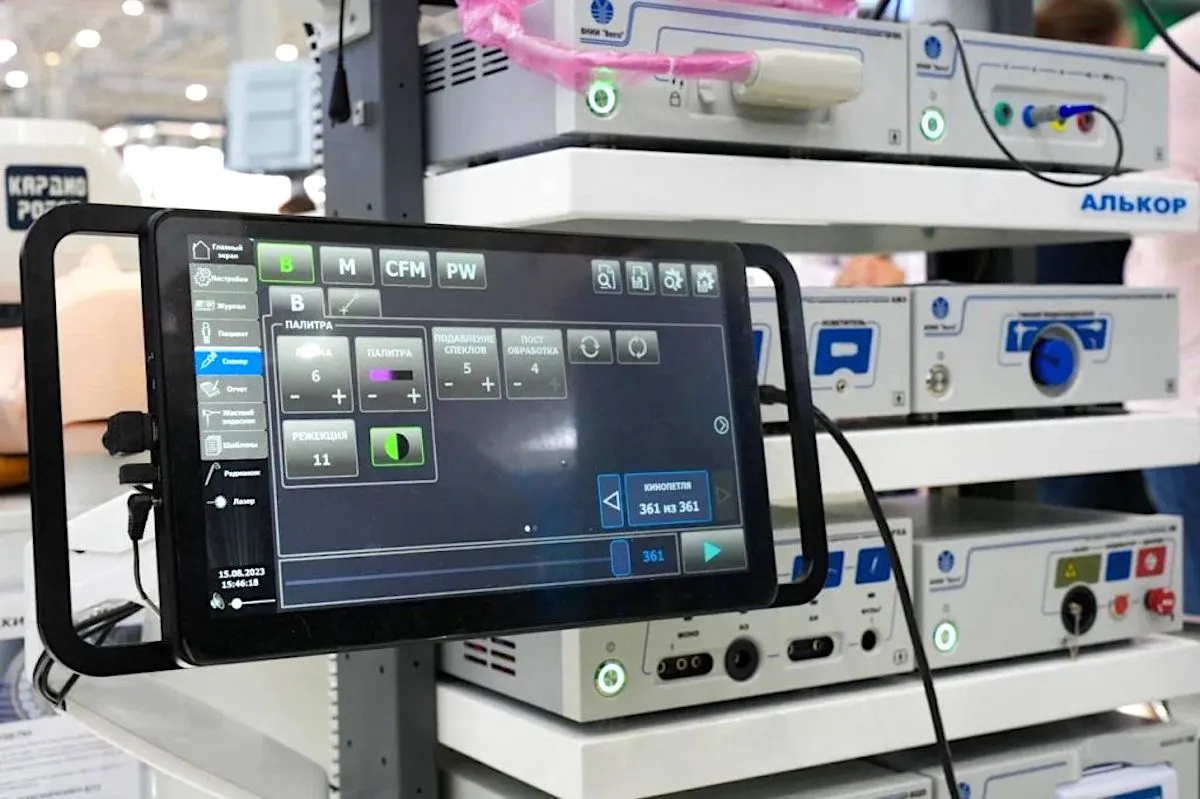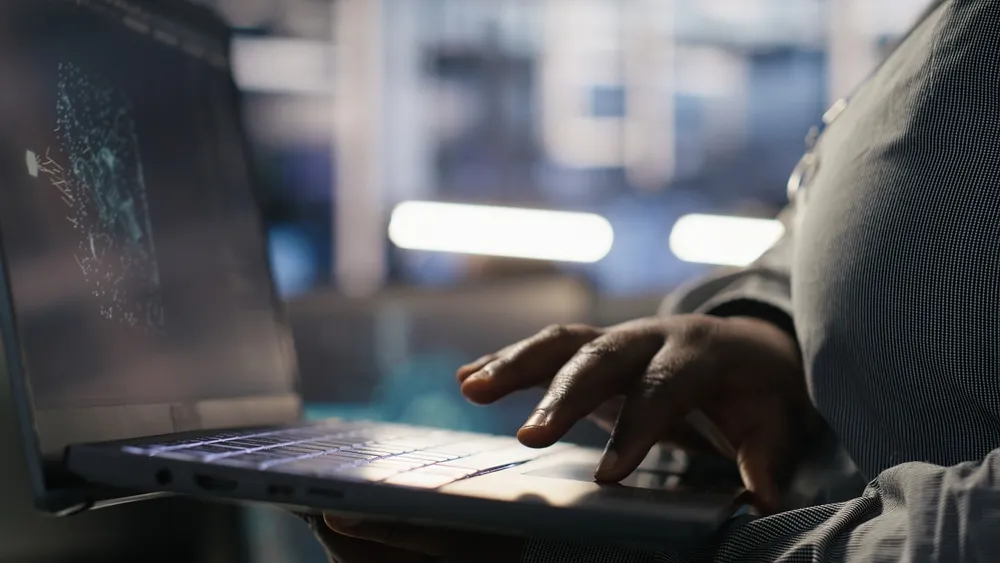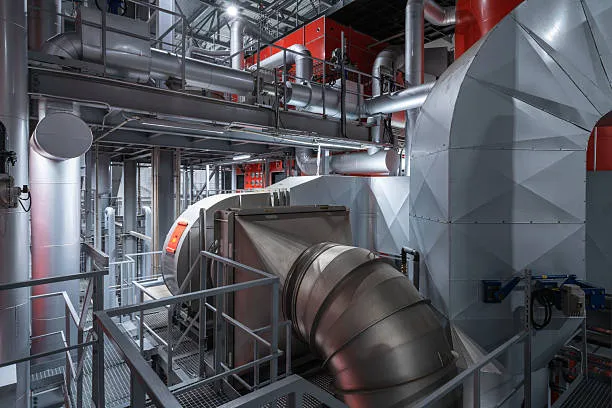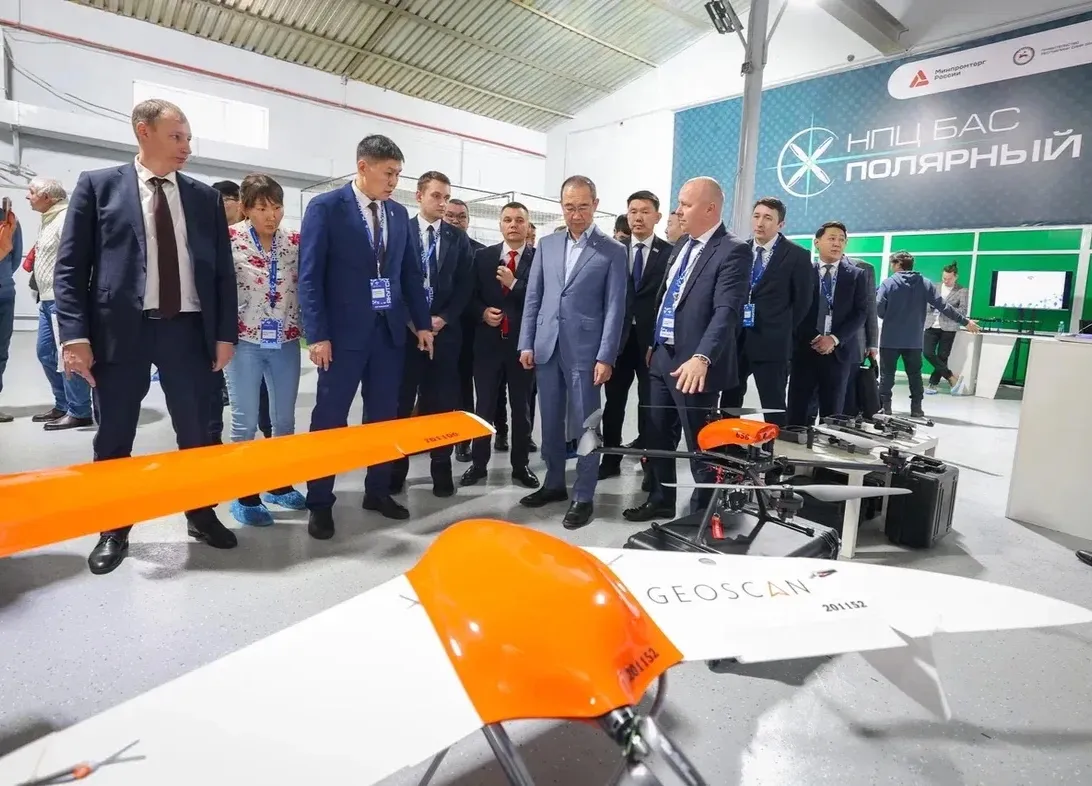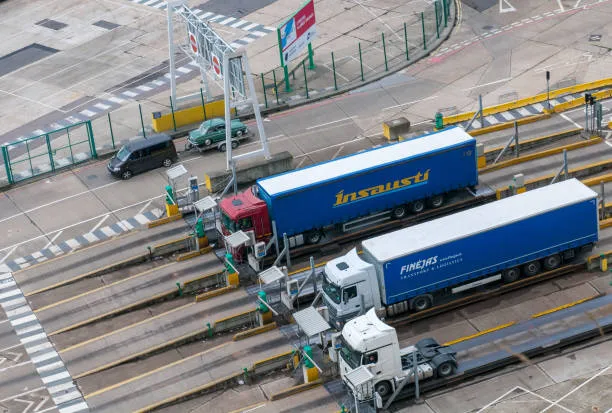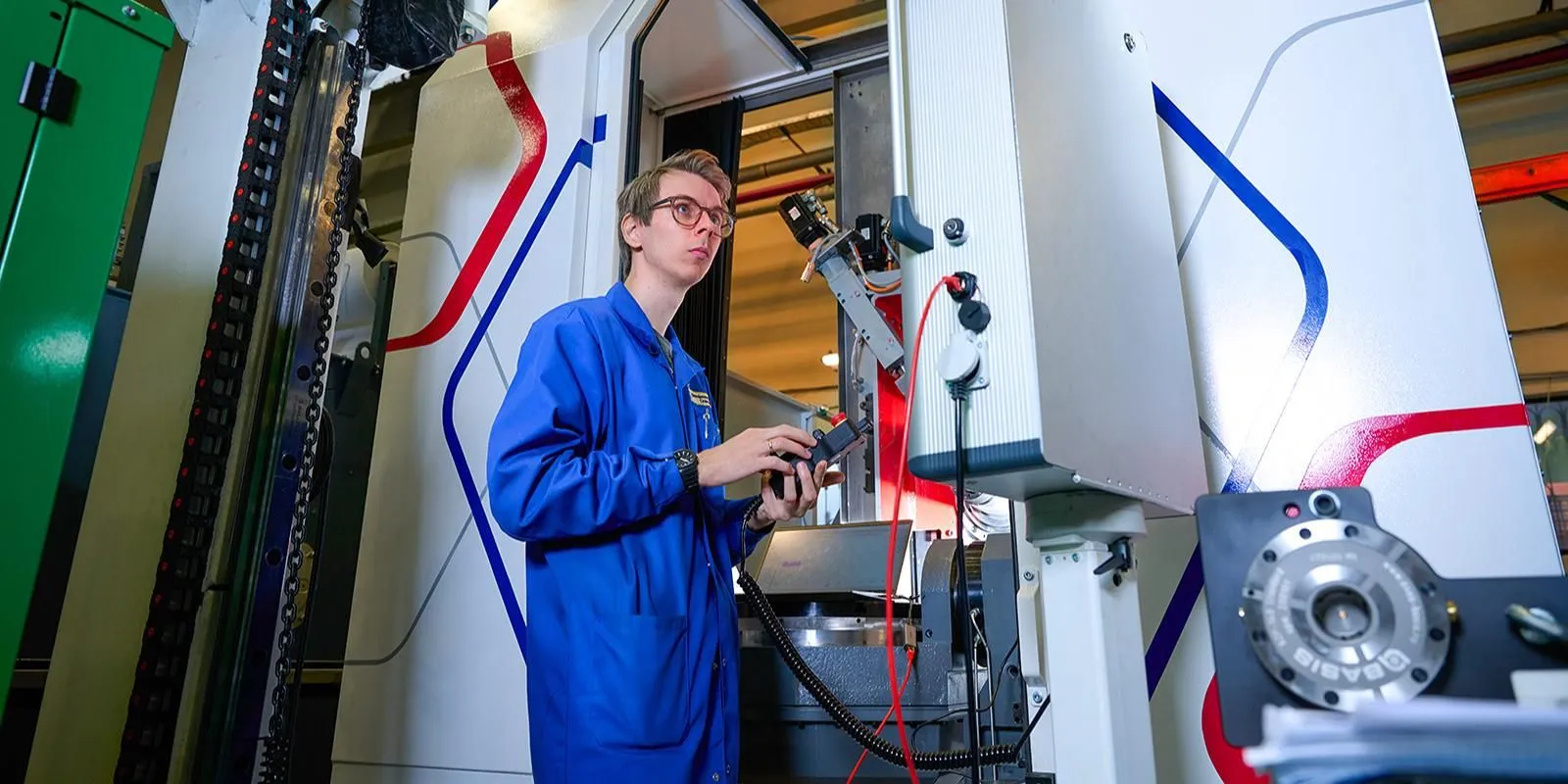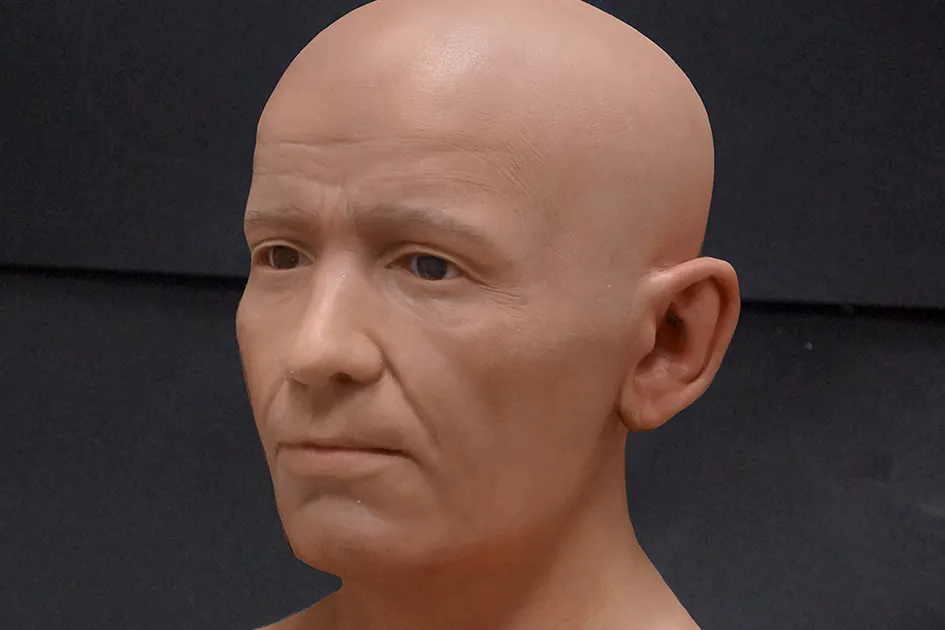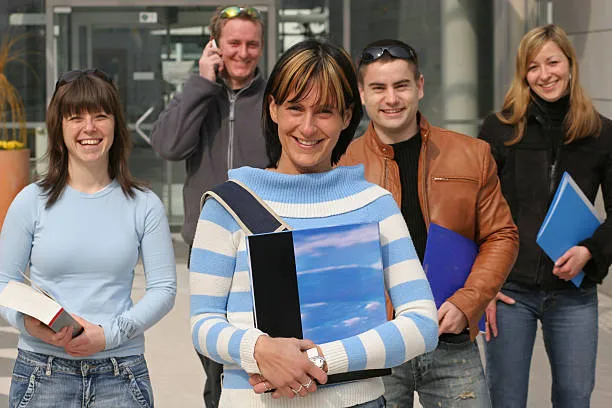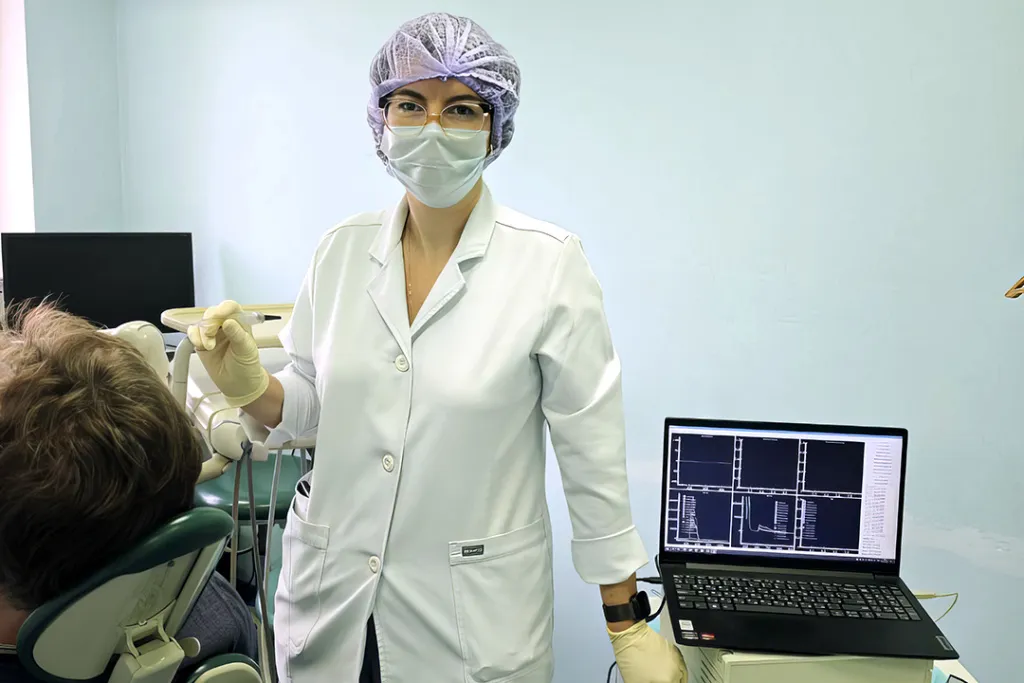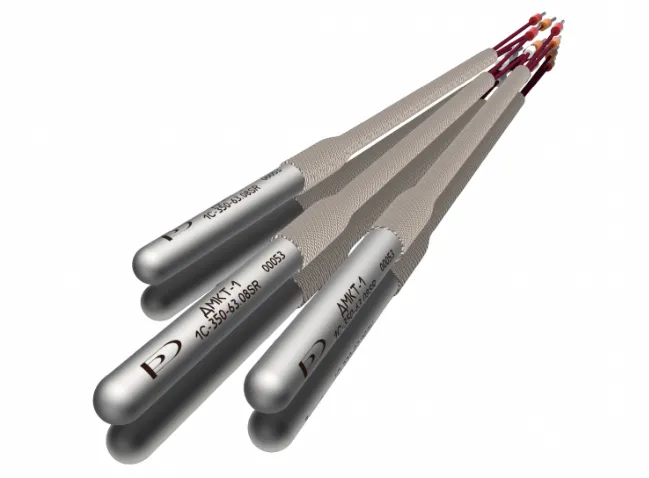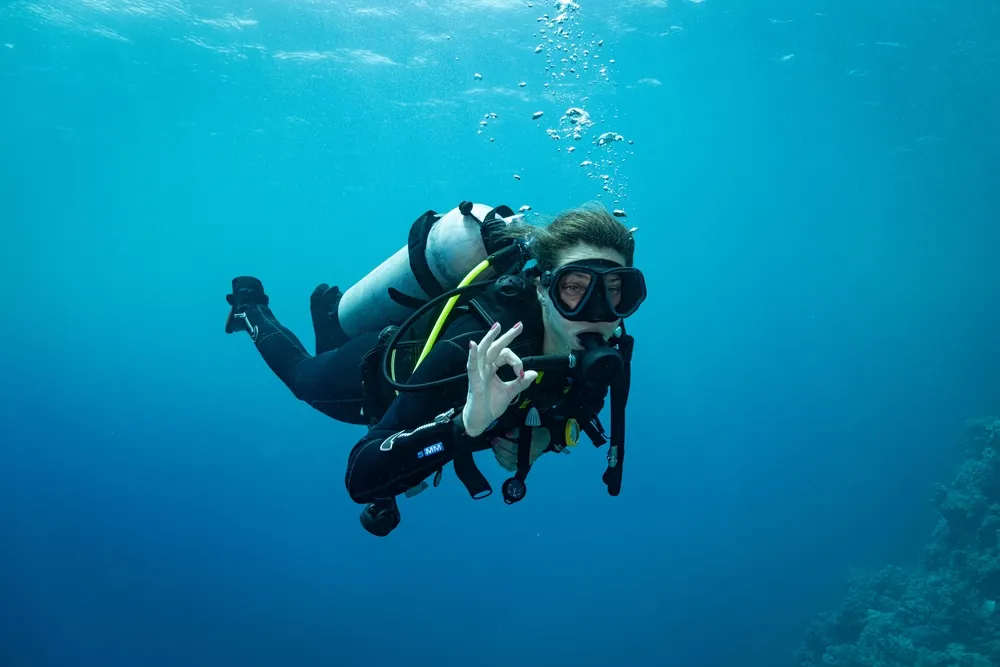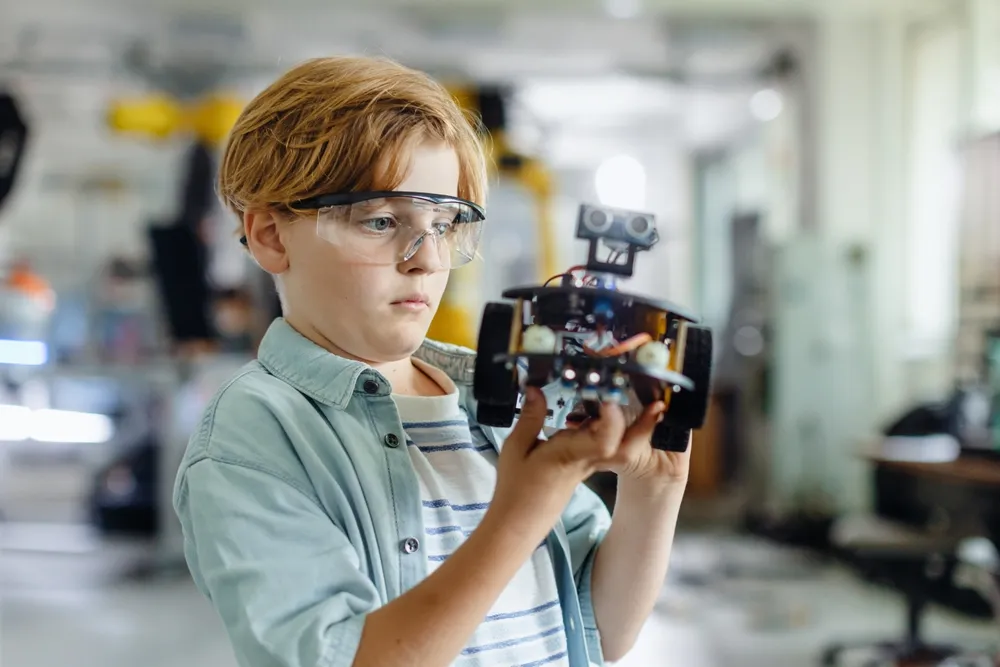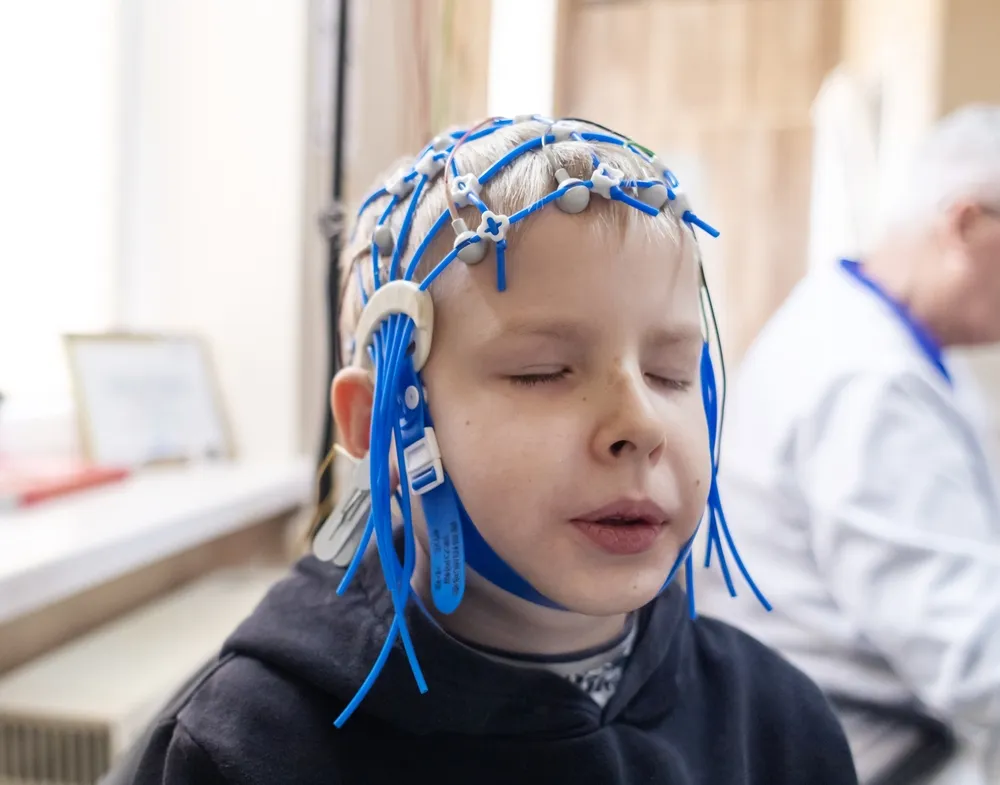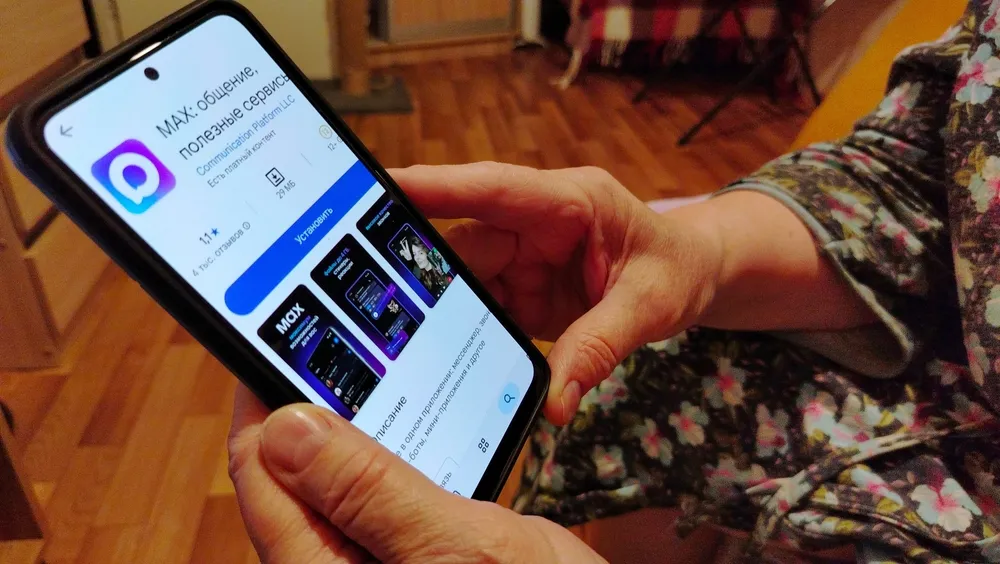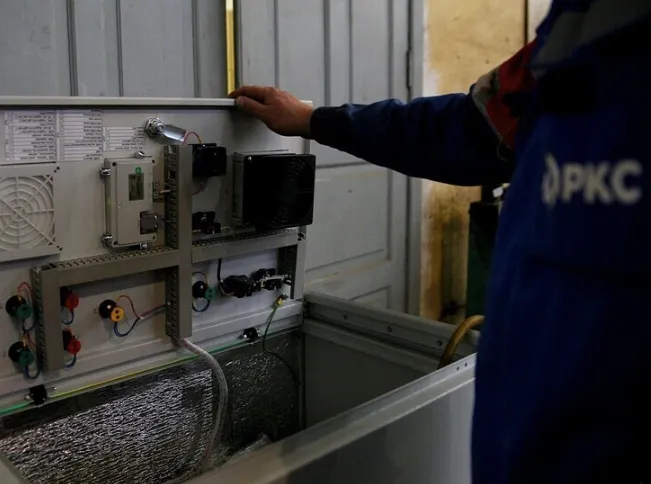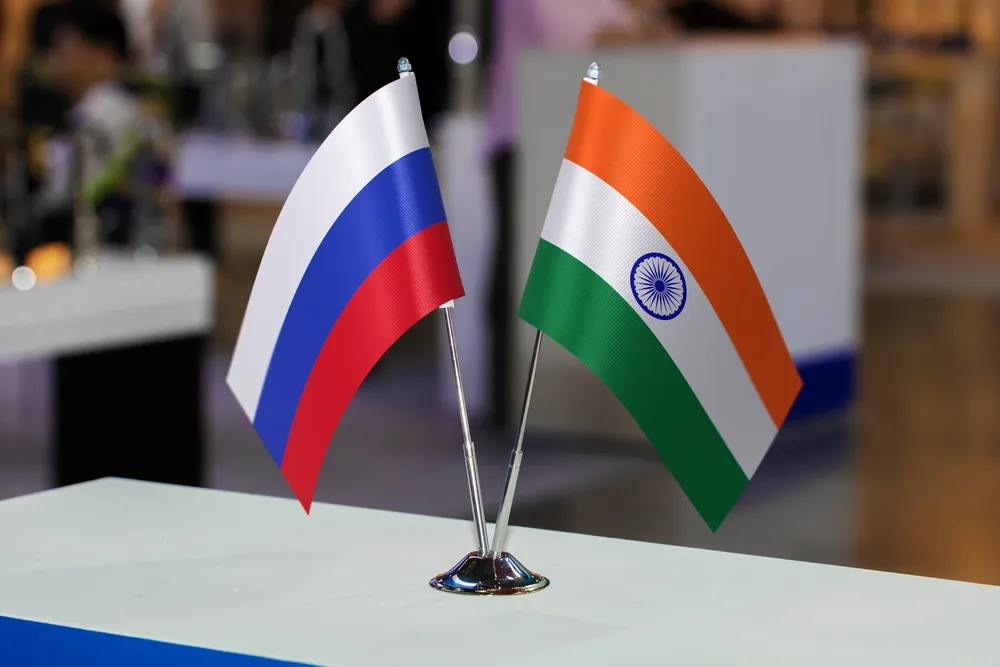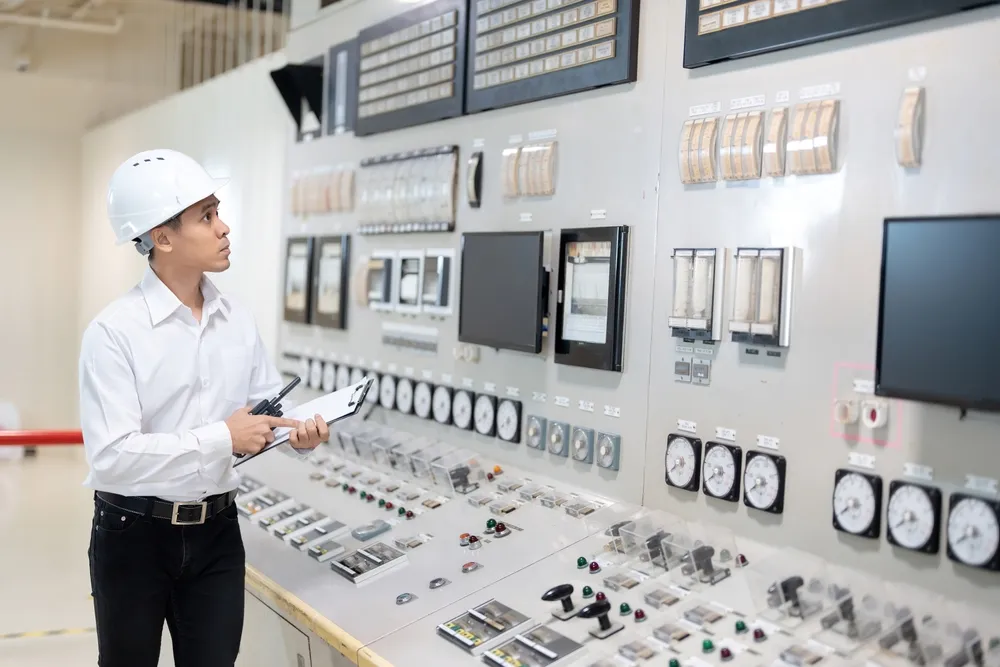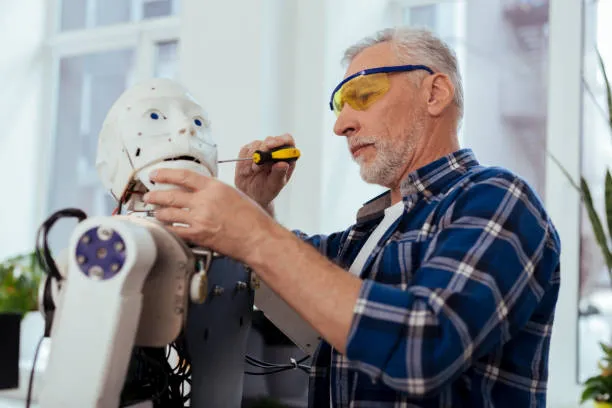Russian Student Creates Digital Twin of Star Tracker to Cut Satellite Testing Costs
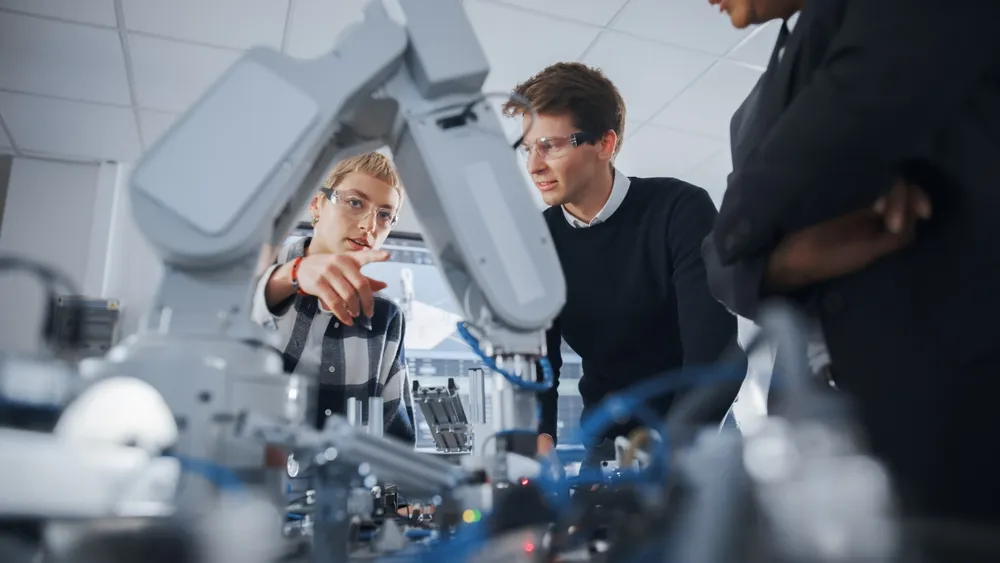
Vera Terentyeva of the Moscow Aviation Institute has built a software replica of Russia’s BOKZ‑MA star‑orientation device, letting engineers dry‑run spacecraft navigation without expensive hardware.
Vera Terentyeva, a student at the Moscow Aviation Institute (MAI), has developed a digital twin of the BOKZ‑MA star‑orientation unit used aboard Russian satellites. Her software emulator perfectly mimics the real device’s behavior, enabling engineers to validate spacecraft‑control algorithms without the need for costly physical equipment.
The BOKZ‑MA is a modern attitude sensor that determines a satellite’s orientation in space by tracking stars. It helps adjust the vehicle’s positioning, aims cameras and antennas, and optimizes solar‑panel charging. Terentyeva’s emulator reproduces every function of the hardware — including data exchange with the onboard computer, simulated star measurements, and even potential failure modes.
Already integrated into ground‑test benches for the “Arktika‑M” No. 3 satellite — slated for launch in 2026 — the software twin supports the same two BOKZ‑MA units that will fly on the mission. Looking ahead, this flexible technology could be adopted for other future space programs.
Now working at OKB “Mars,” Terentyeva notes that her digital twin dramatically speeds up and reduces the cost of satellite‑system debugging on the ground. By demonstrating the power of software simulators, her project promises to lower expenses and boost reliability for tomorrow’s space missions.




